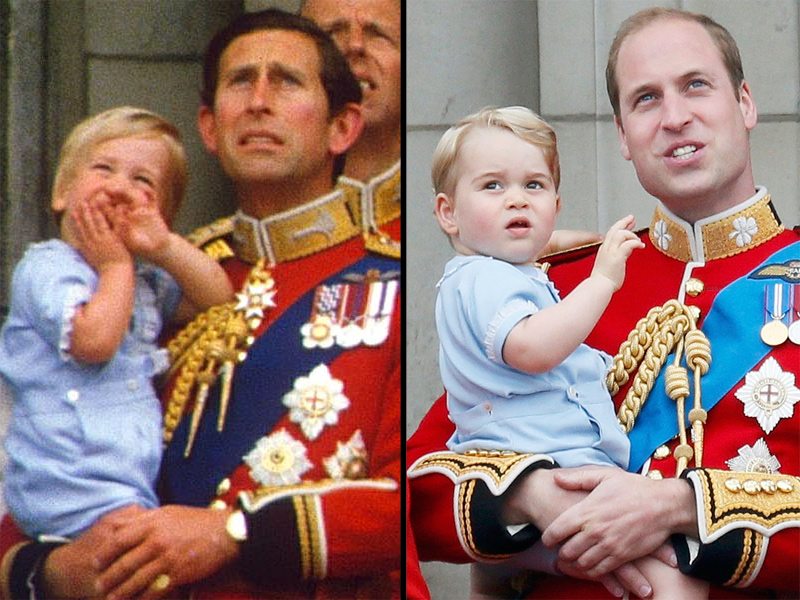South Korean automakers,
originally seen as laggards in quality, are quickly closing the gap with their
competitors, a major study shows.
In the
initial quality study released this week by the market research firm J.D.
Power, Kia ranked second and Hyundai fourth. It was the first time since the
study was started 29 years ago that Kia led nonpremium brands in initial
quality.
And, although Lexus,
Toyota and Honda were above
the industry average in initial quality, when all Japanese brands were
combined, they fell below the industry average, 112, for the first time.
“The astonishing thing is
the improvement rate of the Koreans,” said Renee Stephens, vice president for
United States automotive quality at J.D. Power, in a telephone interview. While
the industry over all improved by 3 percent, the South Korean automakers
improved 11 percent.
“It’s a clear shift in the
quality landscape,” Ms. Stephens said. “It’s changing the pace that you need to
be at in order to be ahead.”
Japanese brands as a whole
improved at a rate of 1 percent, while the domestic automakers and European
automakers improved by 3 percent, Ms. Stephens said.
The initial quality study
measures problems experienced by buyers and lessees of new vehicles in the
first 90 days of possession.
J.D. Power then ranks brands by the number of problems
reported per 100 vehicles; the lower the number of problems, the higher the
ranking. This year’s study included 215 models and 33 brand rankings. More than
one problem can be recorded per vehicle.
South Korean brands led
the industry in initial quality by the widest margin ever, averaging a score of
90 problems per 100 vehicles. For the first time in the study, European brands,
with a score of 113 per 100, surpassed Japanese brands, with 114. Domestic
makes, with 114, equaled the Japanese for only a second time.
Communications technology
continues to be the biggest problem category, with voice recognition remaining
No. 1. The majority of models in the study that had voice recognition systems
had 10 or more problems related to that feature per 100 vehicles. And the number
of owners who said they had voice recognition has increased to 67 percent in
2015 from 57 percent in 2013.
Porsche was ranked the most reliable brand for the third
consecutive year with a score of 80 problems per 100.
After Porsche, brands that rounded out the top 10 were Kia,
86 problems per 100; Jaguar, 93; Hyundai, 95; Infiniti, 97; BMW, 99; Chevrolet,
101; Lincoln, 103; Lexus, 104; and Toyota, 104.
The bottom five were Jeep,
141; Subaru, 142; Chrysler, 143;
Smart, 154; and, in last place, Fiat, 161.
The vehicle with the
fewest problems was the Lexus LS, 61 per 100. It was followed by the Porsche
911, 65; and the Chrysler 300, 66. The Chrysler 300 was the nonluxury model and
the domestic model with the fewest problems.
This year’s study is based
on responses from 84,000 owners or lessees of 2015 vehicles.
The survey covers 233
questions about possible problems, which include mechanical defects and
malfunctions as well as design issues.























